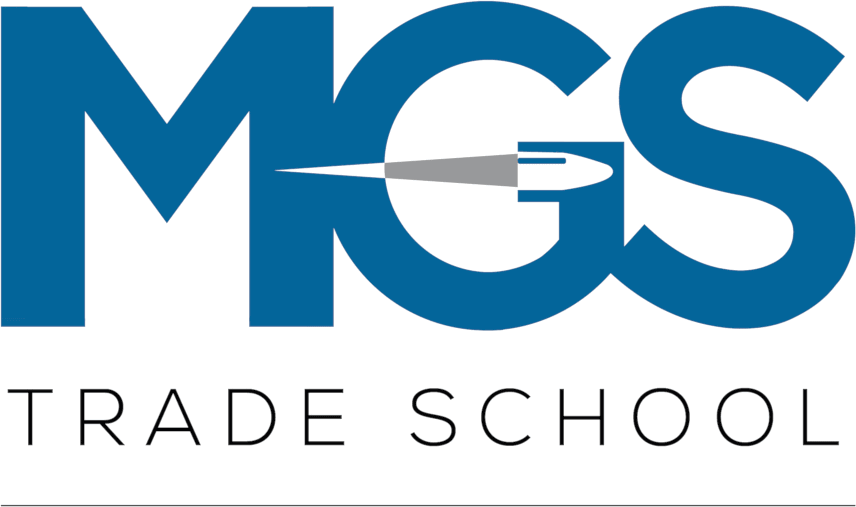Unit 3: Getting into the Nitty-Gritty
Lesson 7
Unit 3, Lesson 7 starts with fitting custom recoil pads and learning how to fit these pads on different types of rifles for different uses. Their primary purpose is to provide a non-slip surface when placed on the shoulder. But beware; the cheap models only cost a few bucks and don’t do a good job of absorbing recoil. And the slip-over models can ruin a stock finish if left on too long.
None of these pads just screw on or can be easily attached to the stock. Oversized pads are needed and will be cut down to fit correctly. Finding the length of pull will be necessary to find to properly size the pad and create a comfortable fit. Sometimes you will need to shorten the stock instead of attaching a thicker pad. Overall, this is a very good lesson to learn how this is done and what is needed to complete this type of accessory.
The final part of this lesson is how to buy and sell firearms, set the values of used firearms, and price repaired/restored firearms. Another part is determining if a trade-in will be used to repair and restore or be used for parts. If you’re planning on using the trade-in for parts to repair other firearms, a full disclosure to the customer should be used to see if this is acceptable with them. To accomplish this, Unit 3 recommends buying The Shooter’s Bible Gun Trader’s Guide.
Lesson 8
This lesson dives deeper into attaching the buttplates, recoil pads, and swivels. We learned to never use glue to attach a buttplate or a pad since they all come with screws to attach them to the stock. The best type of screw to use is a Phillips head screw. The screwhead is rounded, which will be less likely to catch on the pad holes and tear it than a regular flathead screwdriver.
The hardest part of attaching pads and buttplates is trimming them to size. Painter’s tape and sandpaper are basically used to accomplish this without ruining the finish on the stock. Just be careful when doing it.
In the final part of this lesson, we reviewed “Gun Laws and Legislation and the Bill of Rights accompanied by the NRA Fact Card of 214.” This section alone is a must-read, and re-read, and re-read.
Lesson 9
I enjoyed this section overall. Checkering is exactly what the book says it is: art. To checker, one must create “V” channel grooves in the stock, forearm, or pistol grips of a firearm, which creates a checkered pattern of diamond shaped cuts. There are also two other types of checking. There’s English Flat Checkering, which has a flat top instead of the pointed diamond grooves. Then there’s French Checkering, which has a missing leg on the tool and creates a more ornate look to the project.
There are several types of checkering files that are highlighted in this unit. The single cutter and spacing cutter are more commonly used to create your patterns. A bent needle file and checkering riffler are used to touch up older checking when refinishing a gunstock. There is also a 60-degree file that can be used by rocking it from one side to cut and point the diamond on a side of a line. There is also a 90-degree file that can be used to cut and point on both sides of the line.
And finally, in the last part of Lesson 9, we covered the five things we should do immediately when we receive our FFL and how to comply with federal, state and local laws. The lesson covers what to do when asked for a copy of your FFL by a firearms manufacturer or another gun shop, how and where to obtain a FFL Firearms Transaction Permanent Record book (ATF) and the Firearms Transaction Record form 4473 (ATF), how to number your transactions and keeping them up to date and current.
Lastly,Unit 3 taught us that a gunsmith should comply with state and local laws as well and reach out to local law enforcement for any questions you may have instead of just guessing. Better to be safe than sorry.
Written by J. Jacobs, The MGS Experience Student


